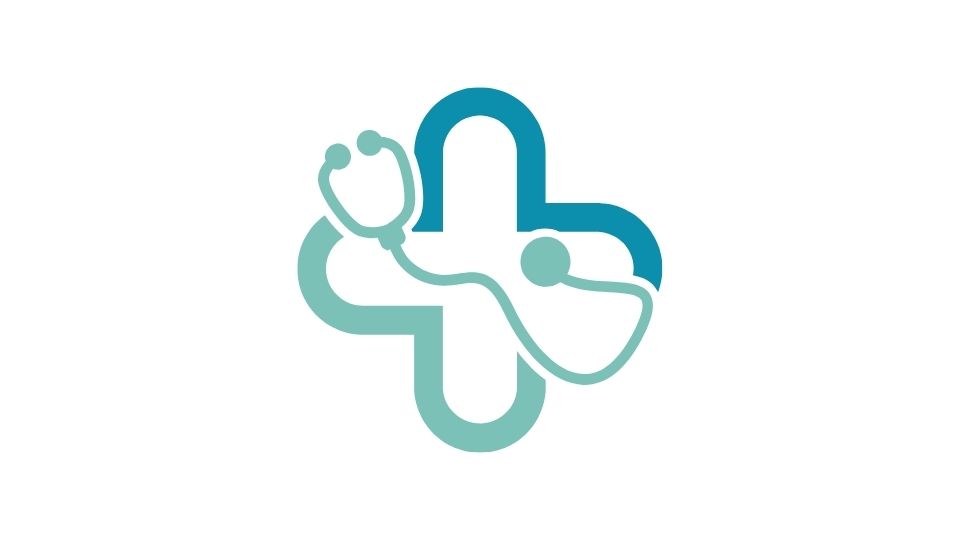How to Save Money on Medical Bills When Traveling

Nearly 1 in 4 Americans get sick or injured while traveling abroad, and guess what? Your regular health insurance probably won’t help you much outside the US.
That dream vacation to Bali? It can quickly turn into a financial nightmare if you break your leg, get food poisoning, or need emergency surgery.
But don’t worry! With some smart planning and the right strategies, you can avoid getting slapped with a $50,000 medical bill while traveling. Let’s dive in.
How to Avoid Massive Medical Bills When Traveling
Skip ahead:
- The scary reality of medical emergencies abroad
- Why your regular insurance probably won’t help
- Travel medical insurance: your financial lifesaver
- What to do before, during, and after your trip
- Special situations (cruises, seniors, chronic conditions)
The Scary Reality No One Talks About

Here’s the truth: most domestic health insurance plans—including Medicare—offer little to no coverage outside the US.
Even if your insurer claims to provide some international coverage, there’s a catch. Foreign hospitals often won’t accept your insurance directly, meaning you’ll need to:
- Pay thousands upfront (hello, credit card debt!)
- File complicated paperwork
- Wait months for potential reimbursement
- Possibly get denied anyway
And don’t even get me started on medical evacuation costs. Getting airlifted from a remote location or cruise ship can cost $50,000-$100,000+. That’s not a typo.
Travel Medical Insurance: Your Financial Lifesaver
Travel medical insurance is hands-down the most effective way to protect yourself from bankrupting medical bills abroad.
The best part? It’s surprisingly affordable—averaging about $4-5 per day depending on your age, trip duration, and coverage limits. That’s literally less than your daily coffee habit.
What good travel medical insurance covers:
- Emergency medical expenses (hospital stays, doctor visits, medications)
- Medical evacuation and repatriation
- 24/7 assistance services
- Some pre-existing conditions (if you meet requirements)
How to choose the right policy:
Compare multiple plans: Use sites like Squaremouth or InsureMyTrip to review coverage options from different providers
Get enough coverage: Experts recommend at least $100,000 in emergency medical coverage and $250,000 in evacuation coverage
Check for exclusions: Adventure sports, pre-existing conditions, and certain destinations might not be covered. Read. The. Fine. Print.
Look for 24/7 support: Choose a provider with round-the-clock assistance who can coordinate care in foreign countries
Don’t Count on Your Credit Card (Seriously)

“But my Chase Sapphire card has travel insurance!”
Yes, and I have a treadmill I use as a clothes hanger.
Many credit cards offer some travel benefits, but they’re usually:
- Limited in scope
- Require you to pay with that specific card
- Have complicated claim processes
- Often exclude medical coverage entirely
Never assume your credit card coverage is sufficient. It’s fine as a backup, but not as your primary protection.
Before You Travel: Prevention Is Better Than Insurance Claims
Get preventive care: Visit your doctor for a check-up before big trips. Address potential issues before they become overseas emergencies.
Pack smart with medications: Bring enough prescription meds for your entire trip, plus extras. Carry copies of your prescriptions and keep medications in original labeled containers.
Research destination health risks: Check the CDC’s travel health site for required vaccines and health alerts specific to your destination.
Create a medical document: Prepare a document with your medical conditions, allergies, medications, blood type, and emergency contacts. Store digital and physical copies.
During Your Trip: Smart Steps to Avoid Costs

The best way to save money on medical bills while traveling? Don’t get sick or injured. (I’m only half-joking)
But since we can’t control everything, here’s what to do:
Know how to access care: Research where the nearest quality hospitals are located before you need them.
Use telemedicine when appropriate: Many travel insurance plans now offer virtual consultations for minor issues, saving you a trip to the ER.
Call your insurance company first: Before seeking non-emergency care, call your insurer’s assistance line. They can direct you to approved facilities and advise on coverage.
Keep EVERY receipt: Document everything related to your medical care—bills, records, prescriptions, even taxi rides to the hospital.
If Disaster Strikes: Minimizing the Financial Damage
Let’s say the worst happens. You’re in a hospital bed in Thailand with appendicitis. Now what?
Contact your insurance immediately: Call their 24/7 emergency assistance line. They can coordinate with the hospital, arrange payment guarantees, and advise on next steps.
Ask for itemized bills: Request detailed breakdowns of all charges.
Get copies of everything: Medical records, test results, doctor’s notes. These will be crucial for your insurance claim.
Consider your embassy: In extreme situations, your country’s embassy may provide assistance or resources (though rarely financial help).
Special Situations That Need Extra Attention
Cruises: The Medical Bill Danger Zone
That medical facility on your cruise ship? Not included in your ticket price. And it can be extremely expensive.
What’s worse, many travel insurance policies have special exclusions for cruise medical care or evacuation. If you’re taking a cruise, get specialized cruise travel insurance with adequate medical and evacuation coverage.
According to Royal Caribbean’s own website, their onboard medical facilities are private practices charging “customary fees” and don’t accept health insurance directly.
Pre-existing Conditions: Not Automatically Excluded
Have diabetes, heart disease, or other chronic conditions? Don’t assume you can’t get coverage.
Many travel insurance policies offer pre-existing condition waivers if you:
- Purchase insurance shortly after your first trip payment (usually within 14-21 days)
- Insure the full cost of your trip
- Are medically stable for a certain period before buying (typically 60-180 days)
Long-Term Travel: Standard Policies Won’t Cut It
Standard travel medical insurance usually maxes out at 6-12 months. For longer trips, look into:
- International health insurance plans
- Expatriate health insurance
- Digital nomad-specific health plans
After Your Trip: Maximizing Reimbursement

Back home safe but with a stack of medical bills? Here’s what to do:
File claims quickly: Most policies have time limits for submitting claims (usually 90 days).
Submit complete documentation: Include all required forms, original receipts, medical records, and anything else your insurer requests.
Follow up persistently: Insurance companies sometimes “lose” claims or request additional information. Stay on top of your claim until it’s resolved.
Appeal denials: If your claim is denied, you have the right to appeal. Request a specific explanation for the denial and address each point in your appeal.
The Bottom Line: Don’t Be Penny-Wise and Pound-Foolish
The average cost of travel medical insurance is about $40-70 per trip for most travelers.
The average cost of an overnight hospital stay in Switzerland? Over $5,000.
Medical evacuation from Bali to the US? Easily $100,000+.
According to a study by the Centers for Disease Control and Prevention, more than 15% of international travelers report health problems during their trips.
Do yourself a favor and get proper travel medical insurance. It’s the difference between a minor inconvenience during your trip and a financial disaster that follows you home.
Because let’s be real—the only souvenirs you want to bring back are tacky magnets and overpriced t-shirts, not medical debt.
In Summary: Your Medical Bill Prevention Checklist
✅ Research and purchase appropriate travel medical insurance
✅ Don’t rely solely on credit card benefits
✅ Get preventive care before departure
✅ Carry adequate medications and documentation
✅ Know how to access care at your destination
✅ Keep detailed records of any medical care received
✅ File claims promptly and completely
✅ Consider special needs for cruises, pre-existing conditions, or long-term travel
The best trip is one where you never need to think about your travel medical insurance. But the smartest travelers are the ones who have it anyway.







